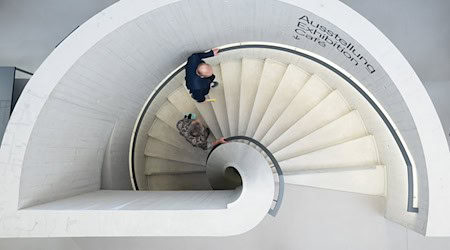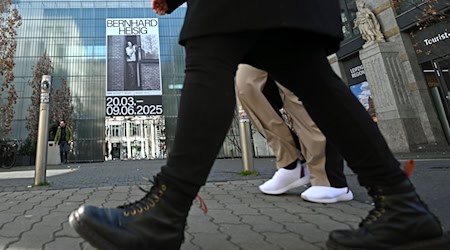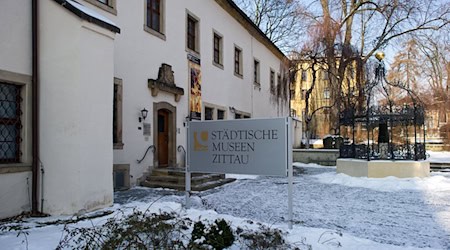Augustusburg Castle on a mountain cone not far from Chemnitz was a facility deemed suitable by the GDR state leadership as an isolation or internment camp in the event of a crisis. Up to 6,000 opposition citizens and foreigners from "enemy states" were to be housed there. From Thursday, an exhibition entitled "Geheime Verschlusssache" (Secretly Classified) will now provide an insight into the secret plans and preparations of the State Security, which never came to fruition - the Peaceful Revolution of 1989 intervened before they could strike.
This will make another part of the history of this memorial accessible and visible, said castle director Patricia Meyn in advance. Following a series of events on the years 1933 to 1945, "the focus is now on the GDR with previously unknown findings". According to the exhibition, the Stasi prepared for "Day X" "with bureaucratic precision".
Day X: Interning and isolating enemies of the state
According to the information, the lists of names were kept up to date "with immense effort". People who were suspected of anti-state activities against the GDR were immediately put behind bars, citizens from "enemy states" were sent to internment camps and GDR citizens with "hostile-negative attitudes" were sent to isolation camps. From the Stasi's point of view, castles set up as youth hostels, well guarded and equipped with everything they needed to live - four of them in what is now Saxony.
Plans remained secret - and theory
"Due to the secrecy, none of this was made public, and even today hardly anyone knows anything about it, not least because the secret service destroyed the explosive files in the fall of 1989," said Matthias Donath, curator and chairman of the Freundeskreis Schlösserland Sachsen, which initiated the exhibition. But from the documents that were preserved, "a depressing scenario can be reconstructed".
Copyright 2024, dpa (www.dpa.de). All rights reserved










